Whitehot Magazine
October 2025
"The Best Art In The World"
"The Best Art In The World"
October 2025
Yancey Richardson - the Grand Opening of “30”
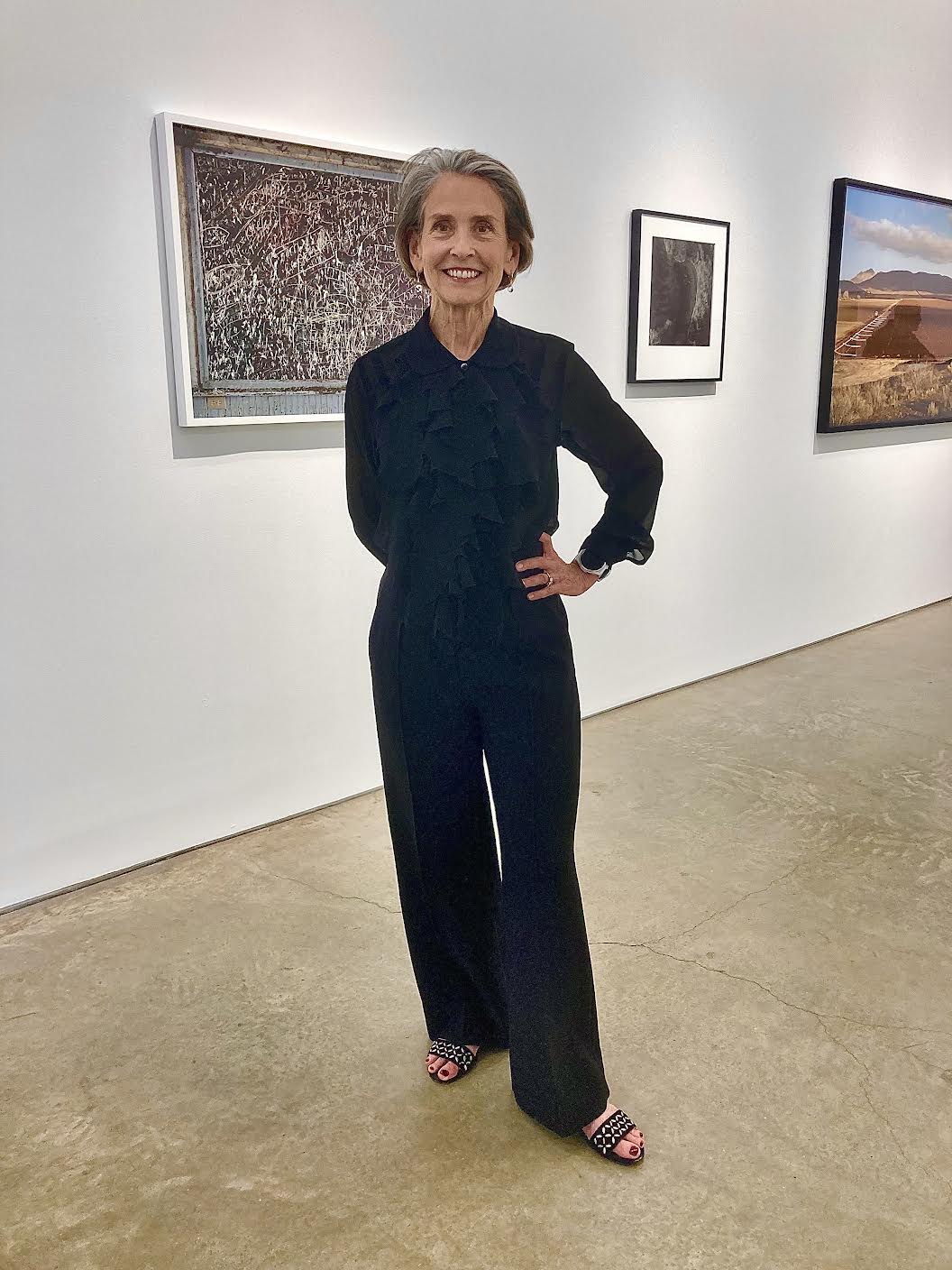 Yancey Richardson at the Grand Opening of “30” Photo by Ruben Natal-San Miguel
Yancey Richardson at the Grand Opening of “30” Photo by Ruben Natal-San Miguel
By RUBEN NATAL-SAN MIGUEL August 4, 2025
For the past 30 years and counting, Yancey Richardson, along with her namesake gallery, has pushed the boundaries of what fine art photography is today. Through her precise and thoughtful thematic curation, and her careful selection of artists, she has not only showcased but also nurtured, developed, and propelled many photographers into stardom and long-term artistic careers.
The current exhibition, “30”—a milestone celebrating thirty years in the photography/gallery business—is a true testament to this legacy. It’s a strong and elegant cornucopia of images from her roster of artists, looking back across three decades and moving forward with striking range, sleekness, depth, and, at times, historical relevance. “30” runs through August 15, 2025. If you want to experience how fine art photography can captivate, evolve, and transform as an art form, I highly recommend you see this exhibition. It’s a celebration of the labor of love and elevated taste that Yancey has consistently brought for us to witness and enjoy.
If you can’t make it in person, here’s the online link:
https://www.yanceyrichardson.com/exhibitions/celebrating-30-years
On this milestone, I decided to ask Yancey a few questions:
Ruben Natal-San Miguel: Yancey, can you shed some light on your early years as a gallerist?
Yancey Richardson: I opened my first gallery in 1995 in the storied 560 Broadway building at the corner of Prince and Broadway in Soho. At the time, it housed many galleries including Jack Shainman, David Nolan, Staley Wise, Julie Saul, and Janet Borden, among others. There were no websites or digital access to art, so collectors and curators would visit each gallery in person to see the shows. It was simply a way of life for art lovers. Saturdays were about seeing art. The energy was great—it was a lot of fun. In 2000, I moved to a building on 22nd Street that was being developed as a gallery hub by DIA. And in 2013, I moved to my current space, also on 22nd Street.
RNSM: Who were the first artists/photographers you started working with?
YR: I opened with a show of Sebastião Salgado’s epic project Workers. Soon after, I showed Andrew Moore, Masao Yamamoto, and Lynn Geesaman—all four of whom I still work with. I was also showing more black-and-white work and classic photography like Atget, Todd Webb, and Kenneth Josephson.
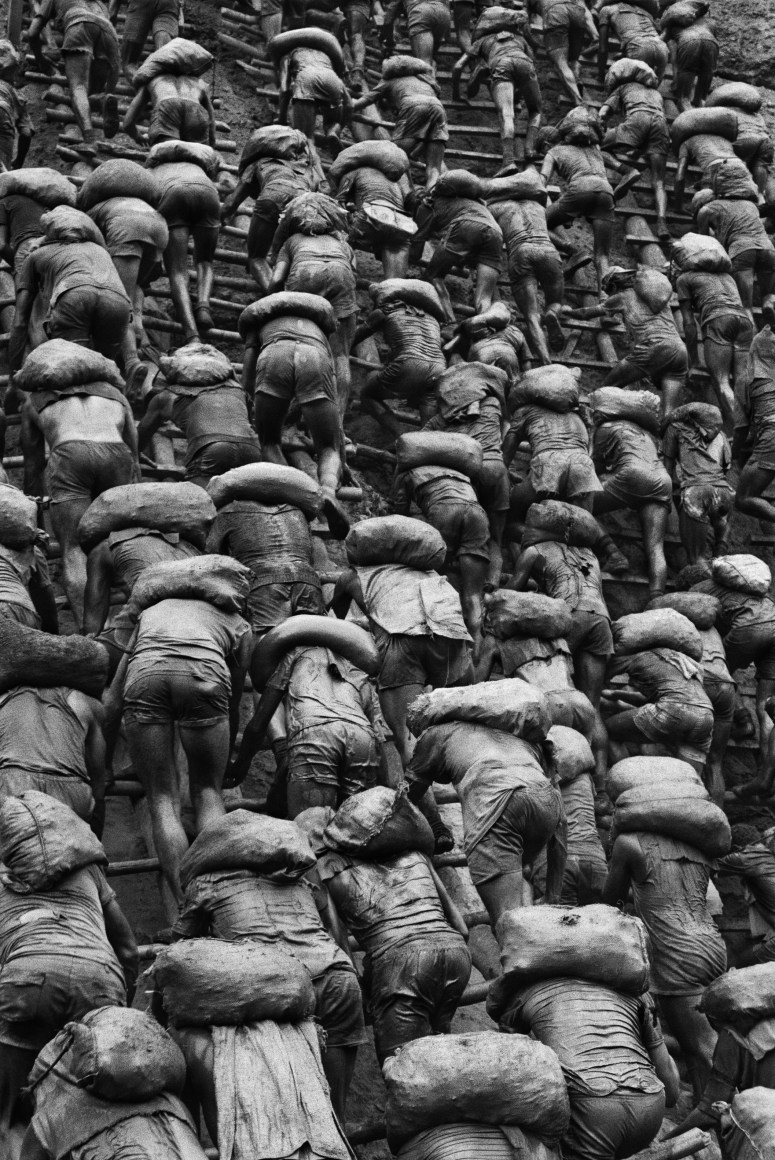 Sebastião Salgado, Serra Pelada, Brazil (Backs), 1986. Gelatin silver print, 16 x 20 inches. Courtesy of Yancey Richardson Gallery.
Sebastião Salgado, Serra Pelada, Brazil (Backs), 1986. Gelatin silver print, 16 x 20 inches. Courtesy of Yancey Richardson Gallery.
RNSM: You are one of the pioneering female photography dealers. I always remember you and the late Julie Saul at the forefront. How hard was it to break into what was then a mostly male-dominated industry?
 Sharon Core, Early American, Lemons, 2007. Chromogenic print, 14 3/4 x 18 1/4 inches. Courtesy of Yancey Richardson Gallery.
Sharon Core, Early American, Lemons, 2007. Chromogenic print, 14 3/4 x 18 1/4 inches. Courtesy of Yancey Richardson Gallery.
YR: I never thought about it too much. I actually think female art dealers have rivaled their male counterparts in power, influence, and impact on art history. Think of Peggy Guggenheim, Betty Parsons, Ileana Sonnabend, Paula Cooper, Marian Goodman, etc. At 560 Broadway, there were actually five female photography dealers including myself, Julie Saul, Janet Borden, Ethelyn Staley, and Taki Wise—in addition to Bonni Benrubi and Virginia Zabriskie uptown. And I’m probably forgetting someone?
RNSM: You’ve helped develop the careers of many artists. I remember how your collaborations with Alex Prager and, more recently, Zanele Muholi have been incredibly successful. Did you have a strong feeling—a gut instinct—when you first encountered their work?
YR: Yes, the strength of their work just stood out. The really good artists are doing something I’ve never seen before—and that makes me stop dead in my tracks.
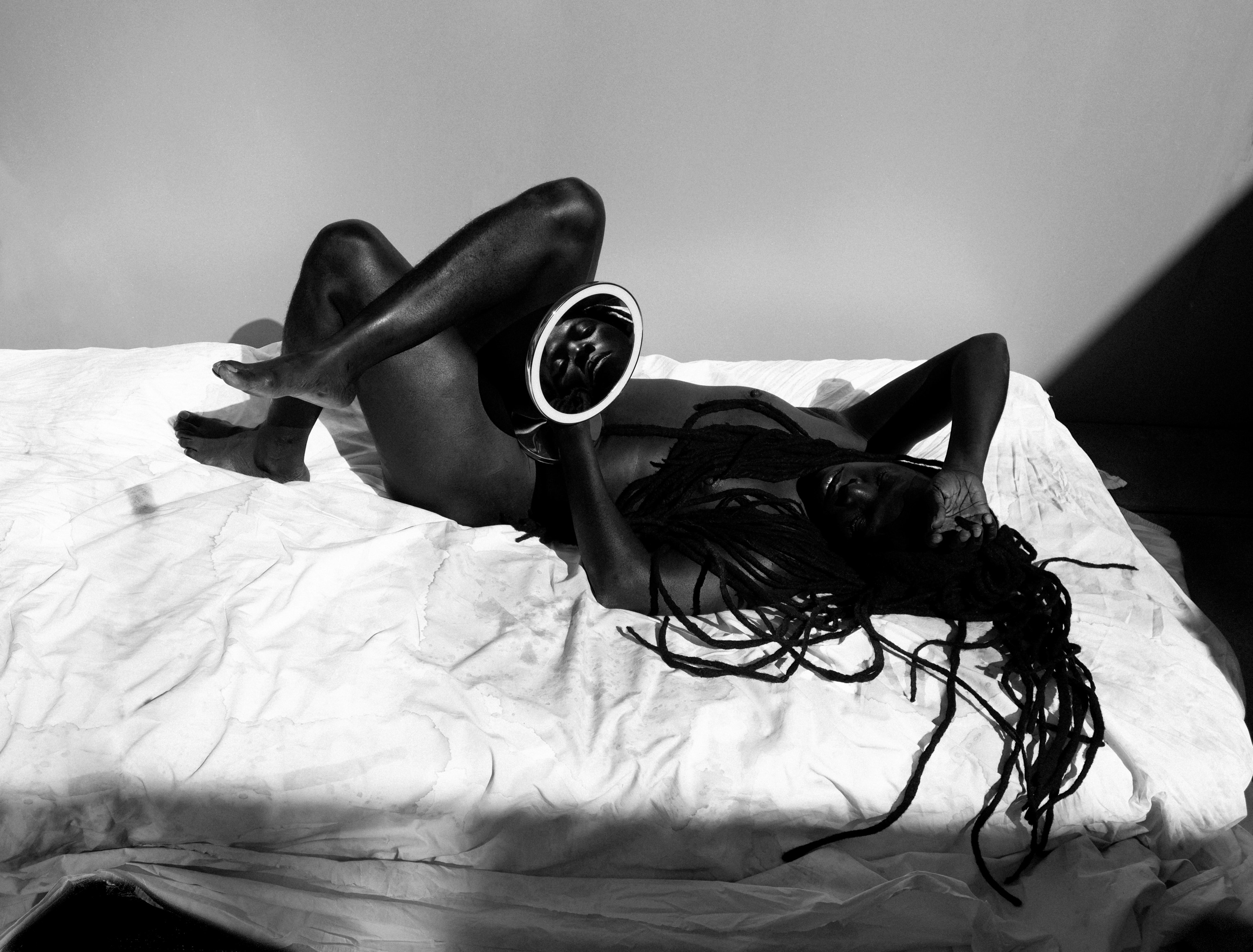 Zanele Muholi, Bona III, ISGM, Boston, 2019. Gelatin silver print, 24 x 31 1/2 inches. Courtesy of Yancey Richardson Gallery.
Zanele Muholi, Bona III, ISGM, Boston, 2019. Gelatin silver print, 24 x 31 1/2 inches. Courtesy of Yancey Richardson Gallery.
RNSM: For 30, you had the artists curate each other’s work, which is highly innovative. That must have been a complicated task—truly a labor of love—with so many different photographic voices. It also showcases the diversity, range, and fluidity of your gallery program. Can you elaborate?
YR: The artists are at the core of the gallery. It’s their work that drives what we do every day, all year. So it seemed natural that in celebrating the gallery, we’d celebrate the artists. I’ve always found their responses to exhibitions incredibly insightful. I’m fascinated by the way artists see and think, and I thought it would be most interesting to let them curate each other’s work instead of me making all the selections. They all loved the idea!
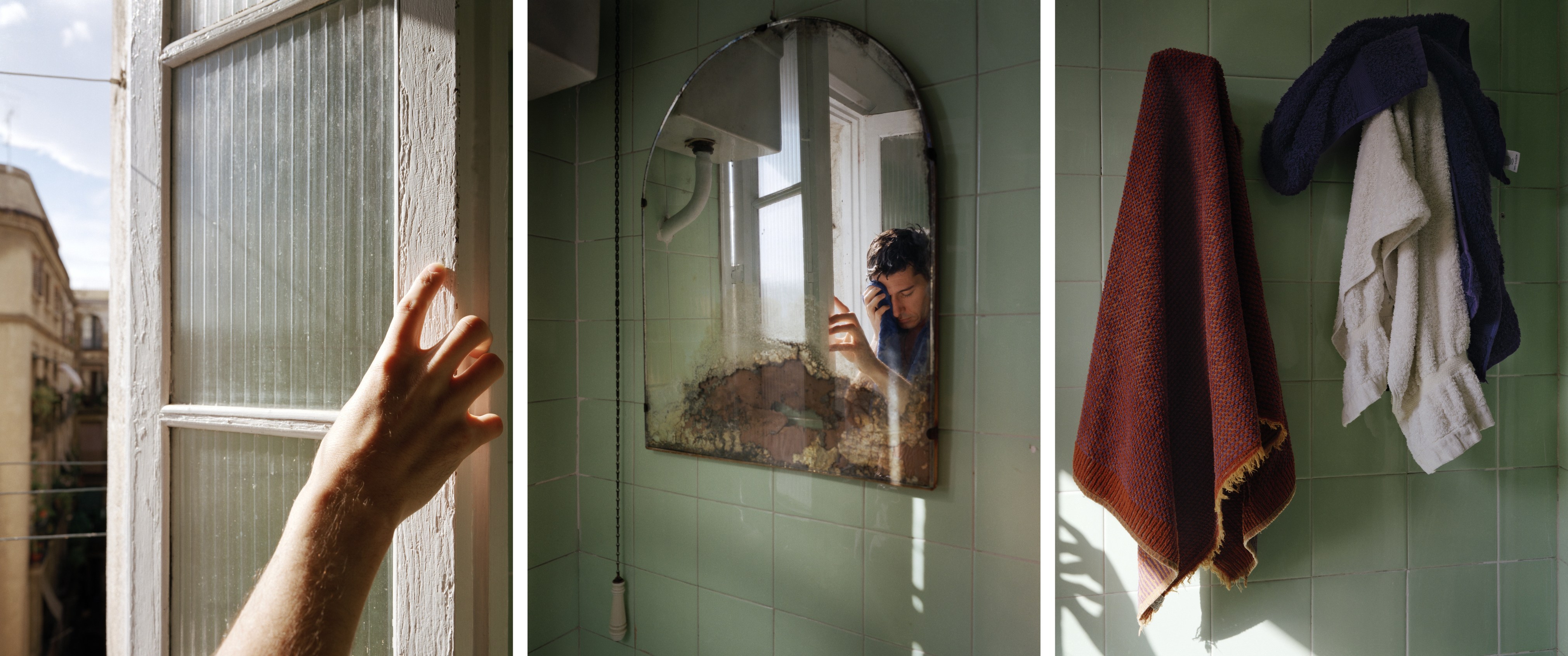 David Hilliard, Andreu (Bathroom Mirror), 1997. Chromogenic print, each panel: 39 3/4 x 31 inches, overall: 39 3/4 x 95 x 1/8 inches. Courtesy of Yancey Richardson Gallery.
David Hilliard, Andreu (Bathroom Mirror), 1997. Chromogenic print, each panel: 39 3/4 x 31 inches, overall: 39 3/4 x 95 x 1/8 inches. Courtesy of Yancey Richardson Gallery.
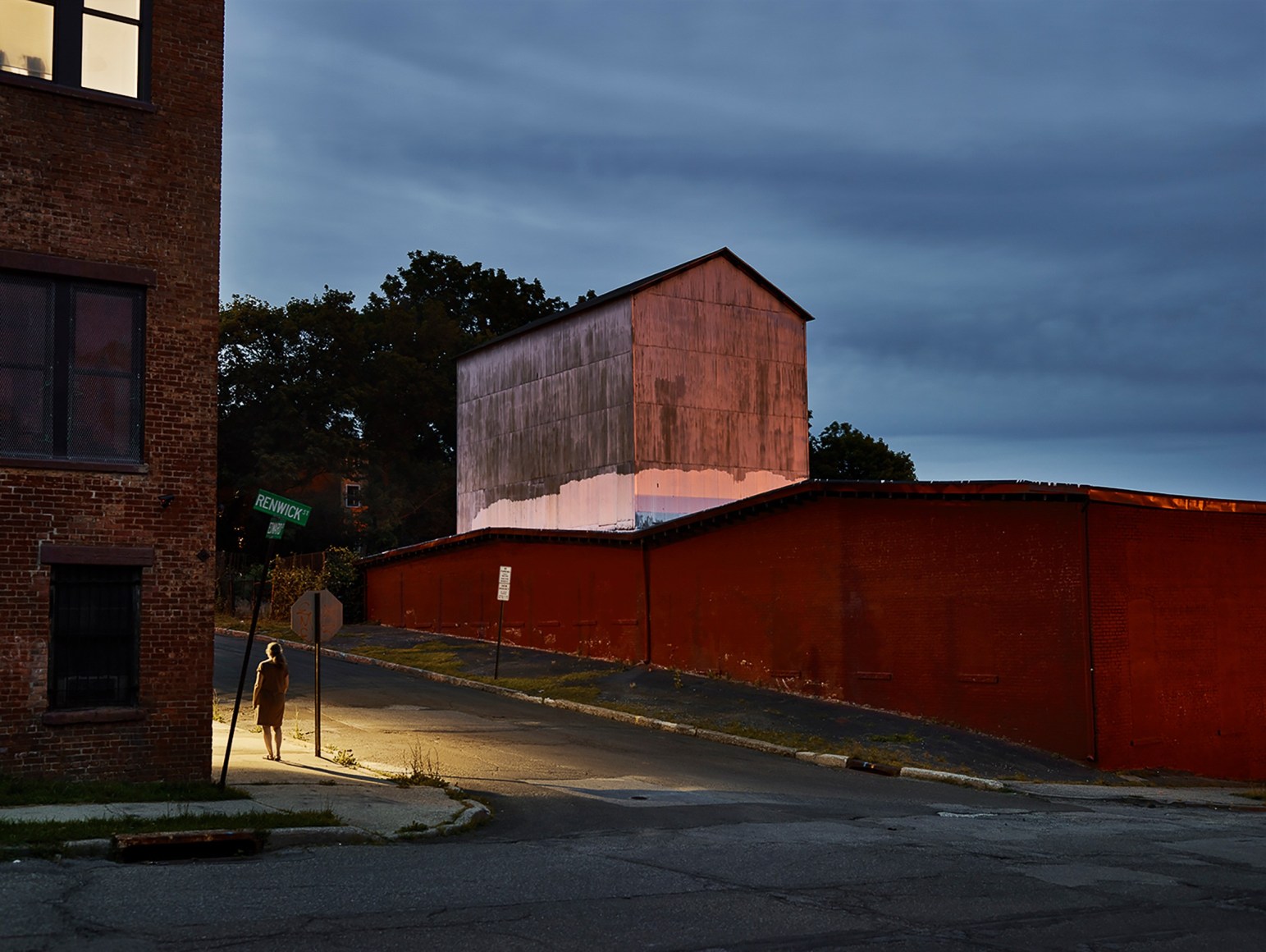 Lynn Saville, Jill in Newburgh, 2016. Archival pigment print, image: 22 x 29 1/4 inches, frame: 24 x 31 1/4 inches. Courtesy of Yancey Richardson Gallery.
Lynn Saville, Jill in Newburgh, 2016. Archival pigment print, image: 22 x 29 1/4 inches, frame: 24 x 31 1/4 inches. Courtesy of Yancey Richardson Gallery.
RNSM: There’s a very elegant, sophisticated, yet direct way in which many of your artists address current and past socio-economic and political issues—never crude or offensive. That balance is hard to achieve, especially in a commercial gallery. I call it “quiet activism.” What are your thoughts?
YR: I find that really good artists think more deeply about history, contemporary life, science, and the future than most of us. They are our poets, philosophers, historians, and visionaries. They help us interpret the world.
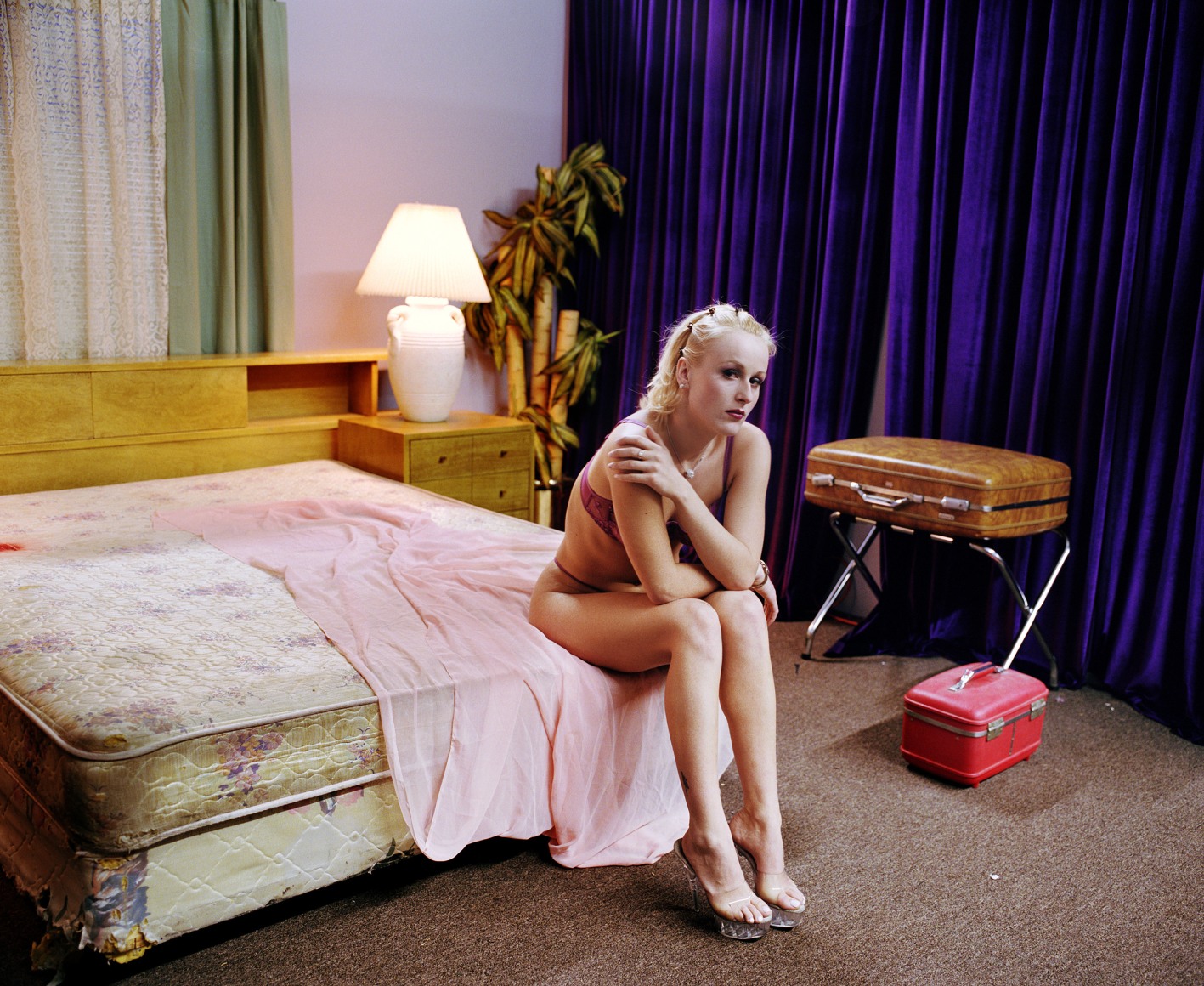 Larry Sultan, Sharon Wild, 2001, from the series The Valley. Lifetime chromogenic print, 18 x 23 inches. Courtesy of Yancey Richardson Gallery.
Larry Sultan, Sharon Wild, 2001, from the series The Valley. Lifetime chromogenic print, 18 x 23 inches. Courtesy of Yancey Richardson Gallery.
RNSM: What advice would you give to emerging and current photographers trying to break through in a saturated and challenging industry? It’s far more competitive than it was 30 years ago, and gaining gallery or museum representation feels more out of reach than ever.
YR: Actually, the art world has expanded greatly over the past 30–40 years, with more collectors and institutions engaging with photography. I started my career having to convince people that photography was a valid art form—just another medium. Back then, neither the Whitney nor the Met had photography departments or curators. Today, many contemporary collectors embrace photo-based work alongside painting, prints, and drawing. The internet has made it significantly easier for artists to promote themselves. Twenty years ago, we were still looking at 35mm slides to assess quality!
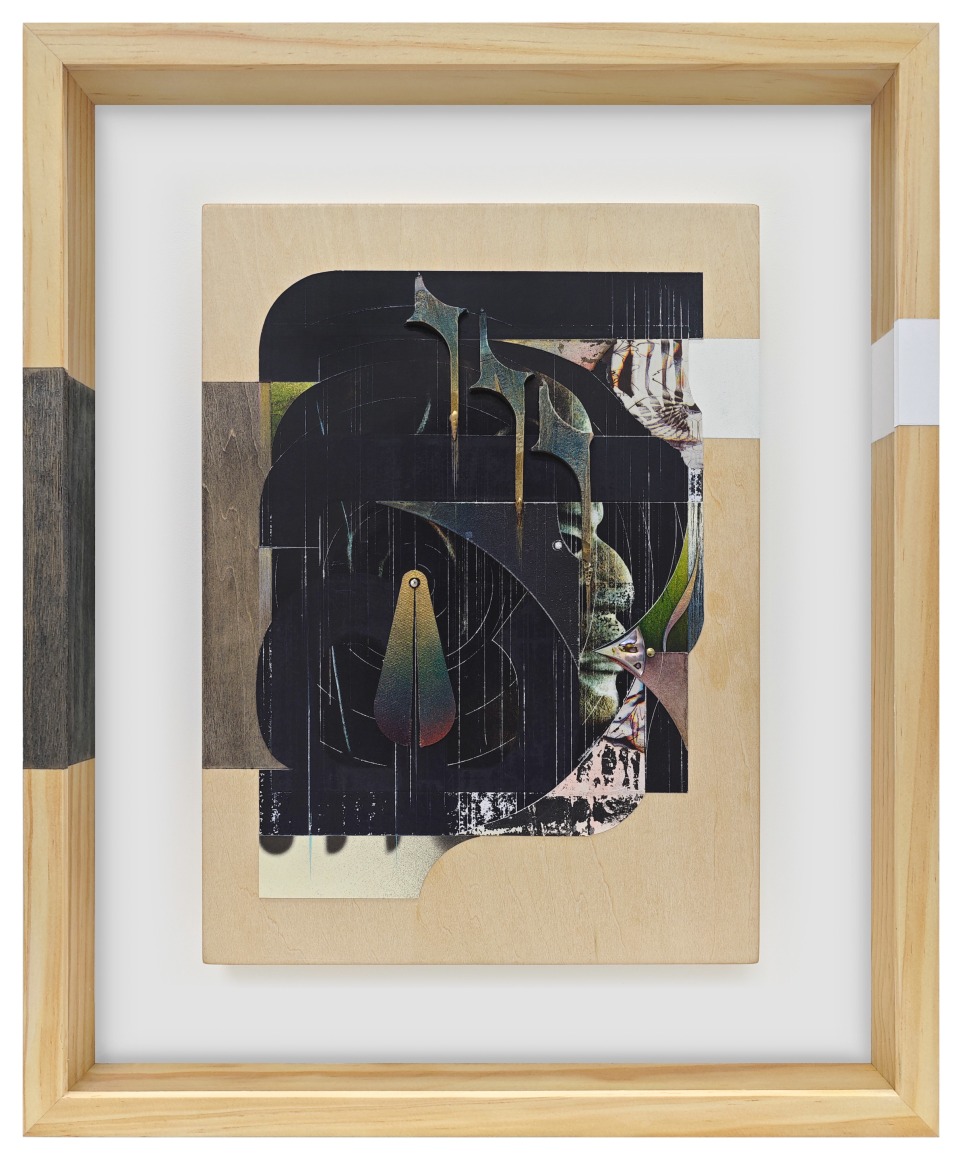 Omar Barquet, Illa (from the Syllables series), 2024. Mixed media collage with custom artist frame, 17 x 14 1/4 inches. Courtesy of Yancey Richardson Gallery.
Omar Barquet, Illa (from the Syllables series), 2024. Mixed media collage with custom artist frame, 17 x 14 1/4 inches. Courtesy of Yancey Richardson Gallery.
RNSM: Photography has evolved so much and continues to do so. How do you envision its future?
YR: I believe we’ll continue to see incredibly talented artists using photography—either as a primary medium or part of a broader practice—teaching us to slow down and think more deeply about the world.
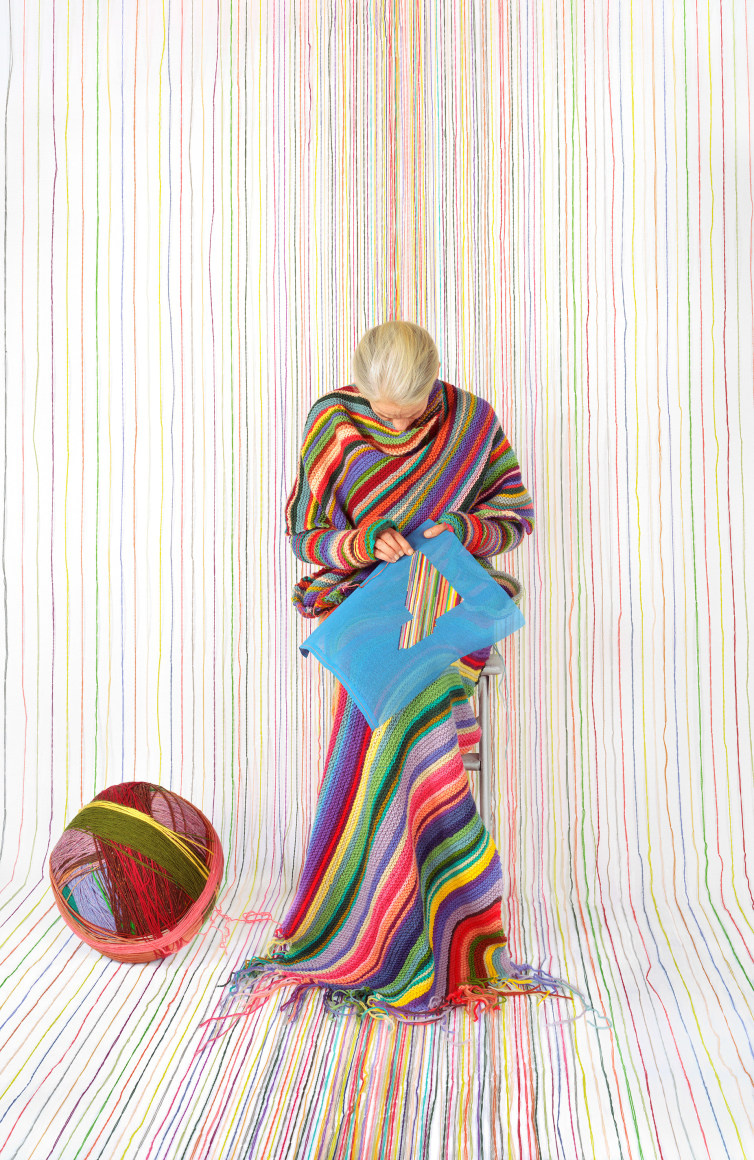 Rachel Perry, Lost in My Life (Needlepoint Sitting Stitching), 2023. Archival pigment print, 30 x 19 1/2 inches. Courtesy of Yancey Richardson Gallery.
Rachel Perry, Lost in My Life (Needlepoint Sitting Stitching), 2023. Archival pigment print, 30 x 19 1/2 inches. Courtesy of Yancey Richardson Gallery.
 John Divola, D23F29, 1996–1998, from the series Dogs Chasing My Car in the Desert. Gelatin silver print, image: 15 1/4 x 22 7/8 inches, frame: 24 1/4 x 30 1/4 inches. Courtesy of Yancey Richardson Gallery.
John Divola, D23F29, 1996–1998, from the series Dogs Chasing My Car in the Desert. Gelatin silver print, image: 15 1/4 x 22 7/8 inches, frame: 24 1/4 x 30 1/4 inches. Courtesy of Yancey Richardson Gallery.

Ruben Natal-San Miguel
Ruben Natal-San Miguel is a New York based photogrpher published internationally.
view all articles from this author








